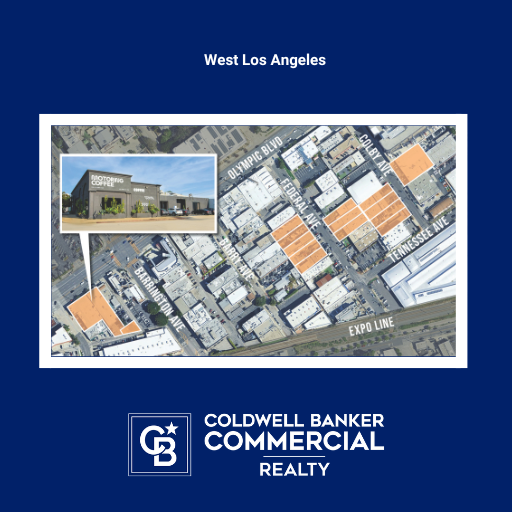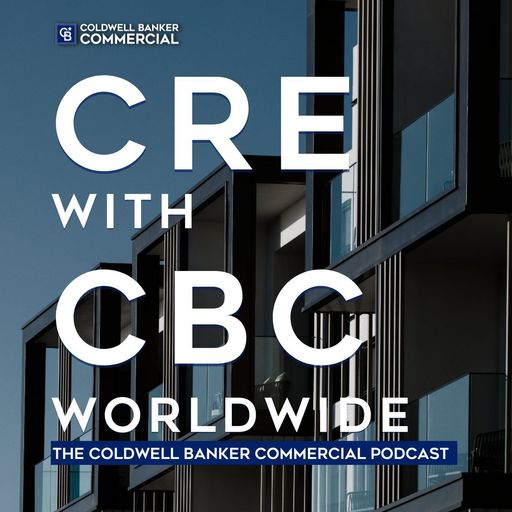From Vacant to Vibrant: The Adaptive Reuse Movement in CRE

The adaptive reuse trend is flipping the script on traditional CRE development, moving away from ground-up construction in favor of transforming existing structures in innovative ways. Developers are breathing new life into vacant office buildings, shopping malls, and warehouses, repurposing them into modern, functional spaces such as residential units, mixed-use complexes, and technology hubs.
Several key factors are driving this shift. Sustainability plays a major role, as retrofitting existing buildings significantly reduces construction waste and carbon emissions—potentially cutting emissions by up to 50% compared to new builds. Economic incentives also contribute, with many cities offering tax breaks, grants, and other financial support to encourage urban redevelopment and economic revitalization. Additionally, evolving market dynamics, particularly in the wake of shifting post-pandemic demands, have led to decreased interest in traditional retail and office spaces, prompting developers to explore new uses for these properties.
Notable examples of successful adaptive reuse projects highlight this trend. Bell Works in Holmdel, NJ, a once-dormant corporate headquarters, has been transformed into a thriving "metroburb" with offices, retail, and entertainment spaces. Ponce City Market in Atlanta, originally a Sears distribution center, now houses loft apartments, retail spaces, and food markets, revitalizing a historic landmark. Similarly, The Arcade Providence in Providence, Rhode Island (the oldest enclosed shopping mall in America) has been repurposed into micro-apartments with ground-floor retail, blending history with modern urban living.
This momentum continues with projects like Chicago’s old Cook County Hospital, now a boutique hotel and medical office space, and the historic Sears building in Boyle Heights, Los Angeles, which is being reimagined as a blend of residential units, creative office spaces, and retail. Despite its advantages, adaptive reuse can present challenges—particularly in the form of zoning regulations, as many older buildings were not originally designed for mixed-use purposes, requiring complex rezoning processes or variances.
Managing these challenges requires collaboration between developers and local governments, along with strong advocacy for adaptive reuse policies.
As cities increasingly prioritize sustainability, economic revitalization, and efficient land use, adaptive reuse is set to play a growing role in shaping the future of commercial real estate. Beyond offering investors and developers creative solutions to meet changing market demands, these projects also enhance community vibrancy, increase property values, and attract further investment—creating a ripple effect of urban renewal and long-term economic growth.
A Trusted Guide in Commercial Real Estate
Coldwell Banker Commercial® provides Commercial Real Estate Services from Property Sales and Leases, to Property Management. Learn how our expansive network of Independently Owned and Operated Affiliates and Real Estate Professionals use their in-depth knowledge of the local market and industry trends to help businesses and investors navigate the complexities of the commercial real estate landscape.






